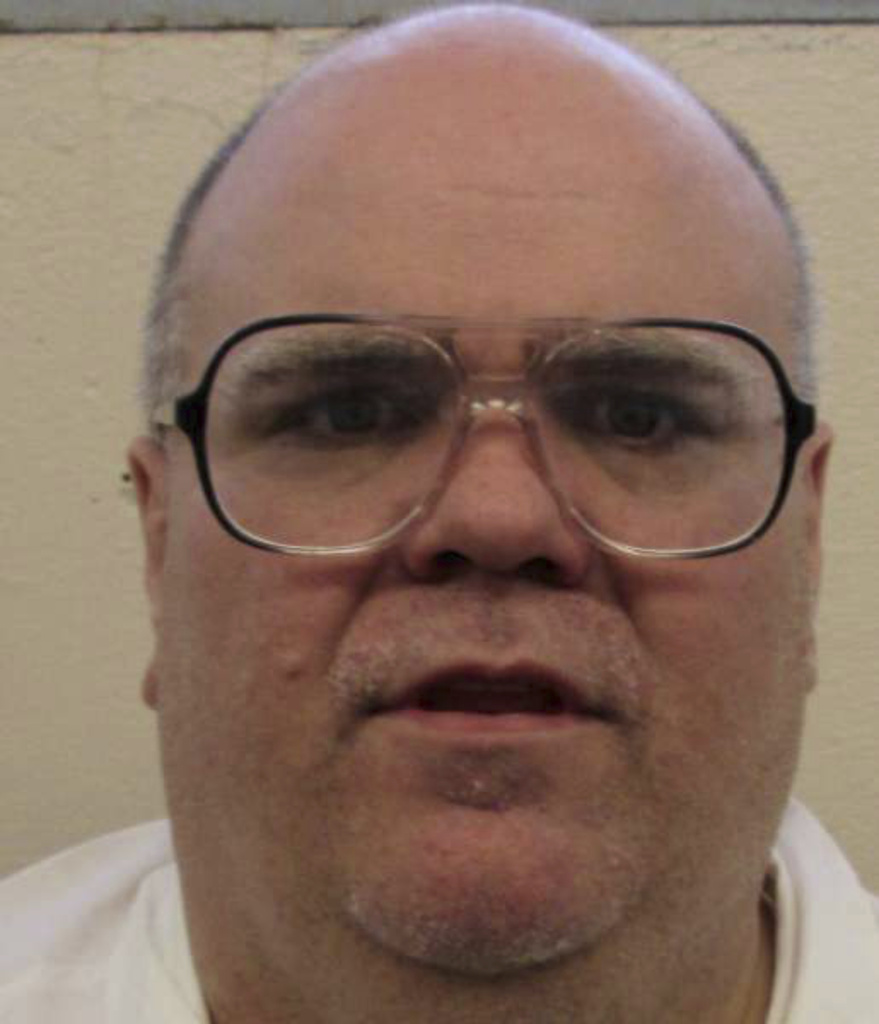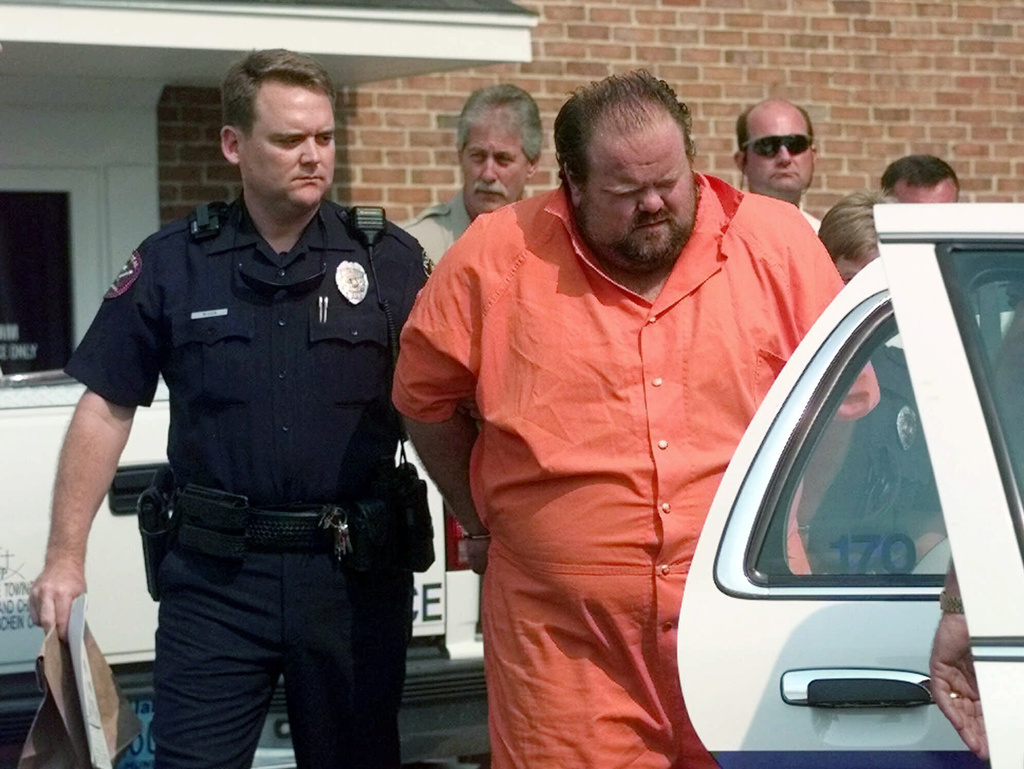Alabama Prepares Second Nitrogen Gas Execution Amid Debate \ Newslooks \ Washington DC \ Mary Sidiqi \ Evening Edition \ Alabama is set to execute Alan Eugene Miller via nitrogen gas on Thursday, marking the state’s second use of the controversial method. Debate continues over the humaneness of nitrogen executions following criticism of the first case, where an inmate appeared to suffer. Despite calls to halt the execution, Alabama officials plan to move forward, citing confidence in the system’s reliability.

Alabama Prepares for Controversial Nitrogen Gas Execution Amid Debate Quick Looks:
- Alabama will carry out the execution of Alan Eugene Miller, 59, using nitrogen gas, the second time the state has employed this method.
- Miller, convicted of killing three coworkers in 1999, was previously scheduled for lethal injection, which was called off after officials failed to find a suitable vein.
- Nitrogen gas execution, also known as nitrogen hypoxia, involves replacing oxygen with pure nitrogen, causing death by asphyxiation.
- Alabama Attorney General Steve Marshall maintains that the nitrogen hypoxia system is “reliable and humane,” following criticism of the state’s first nitrogen gas execution in January.
- The first execution using nitrogen gas, involving Kenneth Smith, drew concerns when Smith reportedly suffered seizure-like spasms and gasped for breath, prompting calls for a review of the method.
- Attorneys for death row inmates and advocacy groups argue that nitrogen hypoxia has not been adequately studied, urging Alabama to suspend further executions until the method is reassessed.
- Miller had initially filed a lawsuit to challenge his nitrogen gas execution following the Kenneth Smith incident but settled with the state last month.
- Details of Miller’s settlement remain undisclosed, but it may include minor adjustments to the execution process, such as the administration of oral sedatives.
- Despite objections, Alabama is proceeding with its third nitrogen gas execution scheduled for November, sparking further debate over the method’s legitimacy and safety.
Deep Look:
Alabama is poised to carry out the nation’s second nitrogen gas execution on Thursday, despite ongoing concerns about the humaneness of the relatively untested method. Alan Eugene Miller, 59, is set to be executed at a prison in southern Alabama after being convicted of killing three coworkers in a 1999 workplace shooting spree. This marks Alabama’s second attempt at using nitrogen hypoxia, a method that has sparked debate since its first use earlier this year.
Miller’s case gained attention after the state’s previous attempt to execute him by lethal injection in 2022 was called off when officials were unable to connect an IV line to the 351-pound inmate. This led the state and Miller to agree that any future execution would use nitrogen gas, a method that was approved in 2018 but had only been used once before — with controversial results.
The Nitrogen Gas Method: A Controversial New Approach
Nitrogen hypoxia is a method in which the inmate’s respirator mask replaces breathable air with pure nitrogen gas, causing death by asphyxiation due to a lack of oxygen. The method has been touted by its supporters as more humane than lethal injection or the electric chair. However, the first execution using nitrogen hypoxia, carried out in January 2023 on inmate Kenneth Smith, has faced sharp criticism.
Smith’s execution drew concerns when witnesses reported seeing him undergo seizure-like spasms for more than two minutes, followed by gasping for breath. These unsettling details raised questions about the reliability of nitrogen hypoxia as a humane method of execution. Death penalty opponents argue that the apparent suffering Smith experienced is a sign that the process needs more scrutiny.
“The fact that the state scheduled two more nitrogen executions without publicly acknowledging the failures of the first one is concerning,” wrote John Palombi, an attorney representing another inmate slated for nitrogen hypoxia execution in November. Critics argue that Alabama’s failure to reexamine the method after Smith’s execution shows a lack of transparency and care.
Debate Over Humaneness and Transparency
Despite calls for a moratorium on nitrogen gas executions, Alabama officials maintain their confidence in the system. Attorney General Steve Marshall, defending the state’s use of nitrogen hypoxia, said in a statement last month that the process is both “reliable and humane.” The state is set to conduct a third nitrogen gas execution in November, continuing its controversial approach.
Opponents of the death penalty, however, remain unconvinced. Advocacy groups and legal representatives for death row inmates argue that nitrogen gas has not been sufficiently studied or tested to determine its humaneness. They assert that the lack of transparency surrounding the method and its potential flaws demands closer examination before it can be considered a legitimate execution process.
In the case of Miller’s execution, some adjustments may have been made. Miller had initially challenged the state’s nitrogen hypoxia execution plans after witnessing the fallout from Kenneth Smith’s execution, raising concerns about the process. However, Miller settled with the state last month, ending his lawsuit. While the terms of the settlement have not been made public, it is believed that Miller may receive oral sedatives before the execution, a measure aimed at preventing any suffering similar to what was reported during Smith’s execution.
A Decade-Long Journey for Justice
Alan Eugene Miller’s case stems from a deadly 1999 workplace shooting spree that left three men dead: Lee Holdbrooks, Christopher Scott Yancy, and Terry Jarvis. On August 5, 1999, Miller entered two separate workplaces armed with a handgun, killing his coworkers in what a prosecutor described as “executions.” Miller, who had initially pleaded not guilty by reason of insanity, was convicted of capital murder after jurors deliberated for just 20 minutes. A judge imposed the death sentence after a 10-2 jury recommendation.
Miller’s weight and health played a role in the state’s initial failure to execute him by lethal injection in 2022. Officials struggled to connect an IV line to the 351-pound inmate, prompting the state to call off the execution. This led to the agreement to use nitrogen hypoxia for future attempts.
Continued Legal Battles and Public Outcry
As the controversy surrounding nitrogen hypoxia continues, advocates and attorneys have delivered petitions to Alabama Governor Kay Ivey, urging her to halt the execution. Miller’s case comes at a time when the death penalty has been in decline across the U.S., with fewer executions being carried out nationwide in recent years. Miller is one of five inmates scheduled to be executed in Alabama within a single week, an unusually high number given the overall trend away from capital punishment.
Miller’s legal team, along with other attorneys representing death row inmates, argue that the method of nitrogen hypoxia needs further examination before it can be considered safe and humane. Meanwhile, the state of Alabama remains firm in its decision to proceed with the execution.
Future of Nitrogen Hypoxia
With Alabama scheduling its third nitrogen hypoxia execution for November, the debate over the method is far from over. As Miller’s execution looms, the question remains: Is nitrogen hypoxia truly a more humane way to administer capital punishment, or is the process as flawed as its critics claim? The outcome of Miller’s execution, along with the ongoing legal battles, could set a precedent for the future of the death penalty in Alabama and beyond.
Alabama Prepares Alabama Prepares Alabama Prepares







